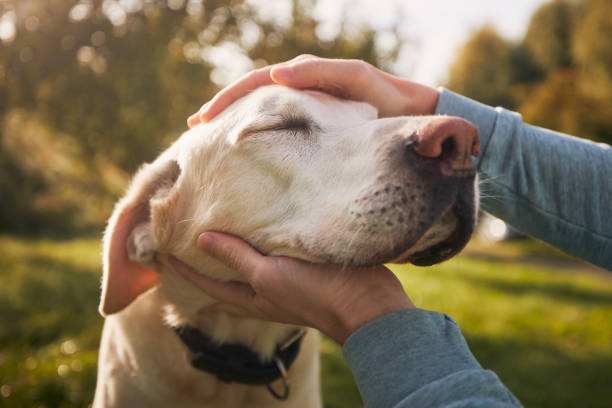🐾 Assessing Your Pet’s Quality of Life: A Simple 0–2 Scoring Guide
As pet owners, one of the hardest responsibilities we face is knowing when our beloved animals are truly thriving—and when they might be suffering. Whether your pet is aging, has a chronic illness, or is recovering from an injury, it’s important to regularly evaluate their quality of life (QOL).
To make this easier, we’ve created a simple and compassionate QOL scoring system that helps you track your pet’s well-being over time.
💡 How It Works
This system uses a 0–2 scale for 10 key aspects of your pet’s health and happiness. You’ll score each category as follows:
0 = Normal / No noticeable change
1 = Minor issue / Mild change from normal behavior
2 = Major issue / Severe symptoms or distress
📝 The Quality of Life Checklist
Here are the 10 categories to assess:
1. Pain / Discomfort
0 – No signs of pain; normal posture and behavior.
1 – Occasional discomfort, stiffness, or sensitivity. i.e struggles to get up after sleeping, minor limp after playing.
2 – Frequent or intense pain; crying, limping, or guarding body parts.
2. Appetite
0 – Eating normally.
1 – Eating less or skipping meals now and then.
2 – Refuses food, must be coaxed or force-fed.
3. Hydration
0 – Drinking well; no signs of dehydration or excessively drinking water.
1 – Drinking less than usual; slightly dry gums, OR increased drinking to normal.
2 – Not drinking; signs of dehydration (sunken eyes, tacky gums) OR constantly drinking water.
4. Grooming / Hygiene (Essential in cats)
0 – Clean and well-groomed; normal grooming behavior.
1 – Slight matting, occasional accidents, or dirty coat.
2 – Consistently unclean, severe matting or unkempt coat, or soiling self.
5. Mood / Social Interaction
0 – Happy, social, seeks attention or play.
1 – Withdrawn at times; less interest in people or surroundings.
2 – Depressed, hiding, uninterested in interactions.
6. Mobility
0 – Moves freely, normal gait.
1 – Stiffness or difficulty with stairs/jumping.
2 – Needs assistance to move, frequent falls, or immobility.
7. Bathroom Habits
0 – Normal urination and bowel movements.
1 – Occasional accidents or signs of discomfort.
2 – Incontinence, constipation, or significant distress for exended periods.
8. Breathing
0 – Breathing is smooth and normal.
1 – Mild wheezing or panting when at rest.
2 – Labored, heavy, or noisy breathing.
9. Mental Awareness
0 – Alert and oriented.
1 – Occasionally confused or hesitant.
2 – Disoriented, anxious, or disconnected from surroundings.
10. Overall Quality of Days
0 – Mostly good days with enjoyment and energy.
1 – Some bad days, but still has happy moments.
2 – More bad days than good.
📊 How to Use the Score
Add up your scores from all 10 categories.
0–5: Excellent – Your pet’s QOL is high. Continue with your care routine.
6–10: Mild Concerns – Monitor closely; consider small changes or a vet check-up.
11–15: Moderate Concerns – Time to talk to your vet about treatment changes or comfort-focused care.
16–20: Serious Concerns – Compassionate end-of-life discussions are appropriate.
❤️ Why This Matters
Pets can’t tell us how they feel—but they show us. A scoring system like this empowers you to make thoughtful, loving decisions based on clear observations, not just emotion.
You’re not alone in this journey. Work with your veterinarian to make sure your pet’s final days—whether weeks, months, or years away—are as comfortable and dignified as possible.

